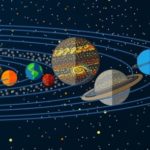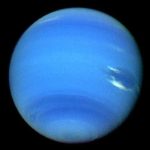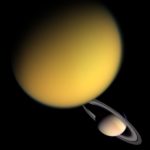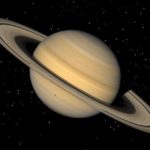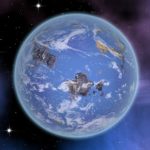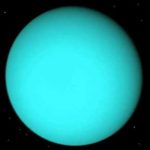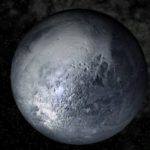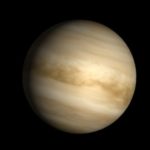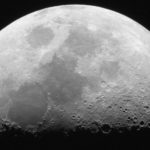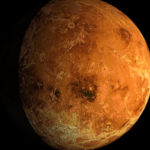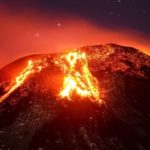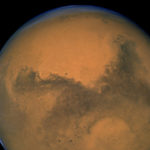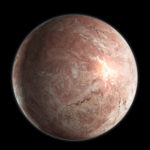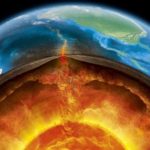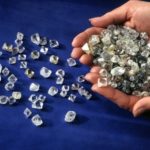20 interesting facts about the moons of Jupiter
 Numerous satellites of Jupiter, an incredibly huge gas giant, have long remained outside the focus of scientists. Not because they are not interesting – quite the opposite! Just because of the remoteness of this planet, their study is extremely difficult, but, fortunately, modern technology has allowed us to learn a lot about them.
Numerous satellites of Jupiter, an incredibly huge gas giant, have long remained outside the focus of scientists. Not because they are not interesting – quite the opposite! Just because of the remoteness of this planet, their study is extremely difficult, but, fortunately, modern technology has allowed us to learn a lot about them.
Io’s satellite is sometimes called volcanic hell, since it is the most geologically active body in the solar system, and lava flows from its volcanoes can form hot rivers up to 300-500 kilometers long.
Jupiter’s ice satellite Europe is the owner of the smoothest surface in our system, since ice quickly smooths impact craters from meteorites.
There is a water ocean on another satellite of Jupiter, Callisto, and in thickness it, according to scientists, reaches 80-100 km. True, it is located at a depth of about 150 km below the surface of this celestial body.
Ganymede is the largest satellite in the solar system, as well as the most massive – it weighs 2 times more than our moon. And its diameter reaches 41% of the earth.
Ganymede and Titan, the satellite of Saturn, are almost identical in size – Titan is less than 2 percent.
According to a number of scientists, Ganymede formed faster than all other celestial bodies in the solar system, in about 10 thousand years.
Io is larger than the moon by 21% by mass and 2% in diameter.
Under favorable weather conditions, Ganymede can sometimes be seen from Earth with the naked eye. Scientists of ancient China knew about its existence more than 2300 years ago.
All the Galilean satellites of Jupiter are always turned towards it on the same side.
Currently, we are aware of the existence of 79 satellites in Jupiter. Perhaps they are actually more, but if there are still not open satellites, they are in any case very small.
Volcanoes on the aforementioned satellite of Jupiter Io, due to the weak gravity of this celestial body, throw lava and gases to a height of up to 300 kilometers.
The smallest of the satellites of the gas giant does not even have a beautiful name. It is called S / 2010 J 2, and is just a large stone asteroid of irregular shape, once captured by the planet’s gravity.
Jupiter’s satellite Ganymede is so large that it even has its own magnetic field. And in size it surpasses such a planet as Mercury.
The diameter of most of the moons of Jupiter ranges from two to four kilometers, and they differ in irregular shape. Scientists believe that they are all asteroids captured by Jupiterian gravity.
The satellite of Metis in the distant future will collide with Jupiter. It revolves around the planet faster than it makes a revolution around its axis, and in general is closer to it than all other satellites.
There are about 400 volcanoes on Io, as well as many mountains. The summit of South Boosawla is even higher than Everest, the highest peak of the Earth.
There is much more water in Europe than on Earth, and life may exist in its subglacial ocean.
Jupiter’s satellite Callisto is only 1% inferior to Mercury in diameter.
The mass of Europe exceeds the mass of all other satellites of the planets in the solar system, inferior to it in diameter.
The first detailed study of the moons of Jupiter was carried out by the Galileo research probe, which studied the gas giant system from 1995 to 2003.


